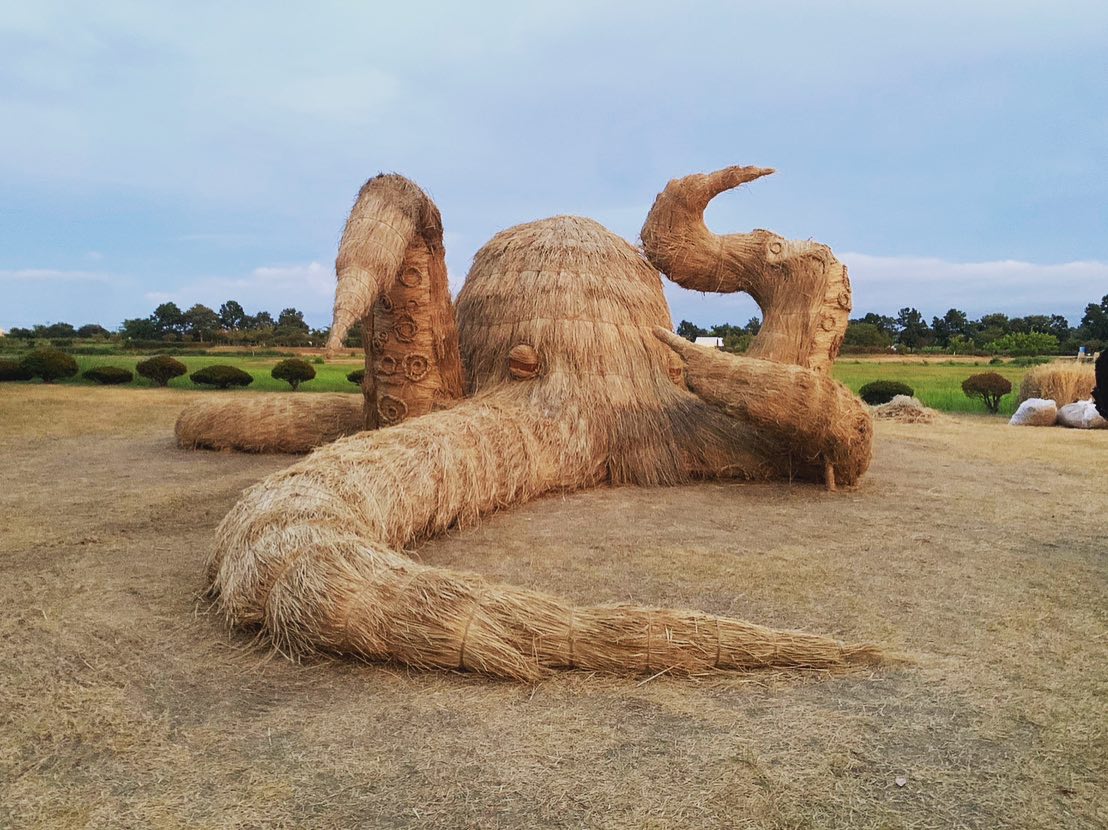Image courtesy of ESA/Webb, NASA, CSA, M. Barlow (University College London), N. Cox (ACRI-ST), R. Wesson (Cardiff University)
More than a year after NASA’s James Webb Space Telescope brought us images of the Southern Ring Nebula, the world’s most powerful observer captured the remains of another celestial body with stunning clarity.
Nebulae are massive clouds of dust and gas that sometimes emerge from dying stars. Both the Southern Ring Nebula and the Ring Nebula, which is the subject of the newly released images, were born from a star discarding its outer layers as its fuel reserves dwindle. Located about 2,000 light-years away, the latter is bright and often discernible from Earth with the use of simple binoculars.
Documented with the telescope’s Near-Infrared Camera, the Ring Nebula is now visible in unprecedented detail. The bright red outer ring is comprised of approximately 20,000 enormous globules of molecular hydrogen gas about the size of Earth. Inside, astronomers explain, “is a narrow band of emission from polycyclic aromatic hydrocarbons, or PAHs–complex carbon-bearing molecules that we would not expect to form in the Ring Nebula. Outside the bright ring, we see curious ‘spikes’ pointing directly away from the central star.” These prongs were barely visible in earlier images captured by the Hubble Space Telescope and were largely only seen through infrared.
The most intriguing discovery, though, is the ten evenly spaced features nestled inside the halo surrounding the bright outer ring. Astronomers explain:
These arcs must have formed about every 280 years as the central star was shedding its outer layers. When a single star evolves into a planetary nebula, there is no process that we know of that has that kind of time period. Instead, these rings suggest that there must be a companion star in the system, orbiting about as far away from the central star as Pluto does from our Sun. As the dying star was throwing off its atmosphere, the companion star shaped the outflow and sculpted it. No previous telescope had the sensitivity and the spatial resolution to uncover this subtle effect.
According to a statement, research into the Ring Nebula is ongoing, so expect more information in the coming months. Until then, head to NASA to see the images up close.
Image courtesy of ESA/Webb, NASA, CSA, M. Barlow (University College London), N. Cox (ACRI-ST), R. Wesson (Cardiff University)
Do stories and artists like this matter to you? Become a Colossal Member today and support independent arts publishing for as little as $5 per month. The article NASA’s James Webb Telescope Captures the Fiery Remains of a Dying Star in Unprecedented Detail appeared first on Colossal.


